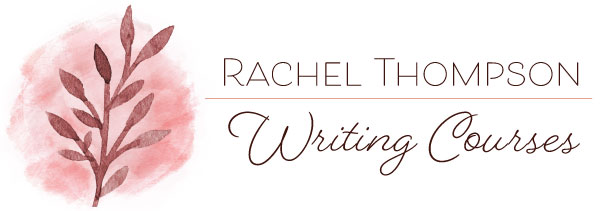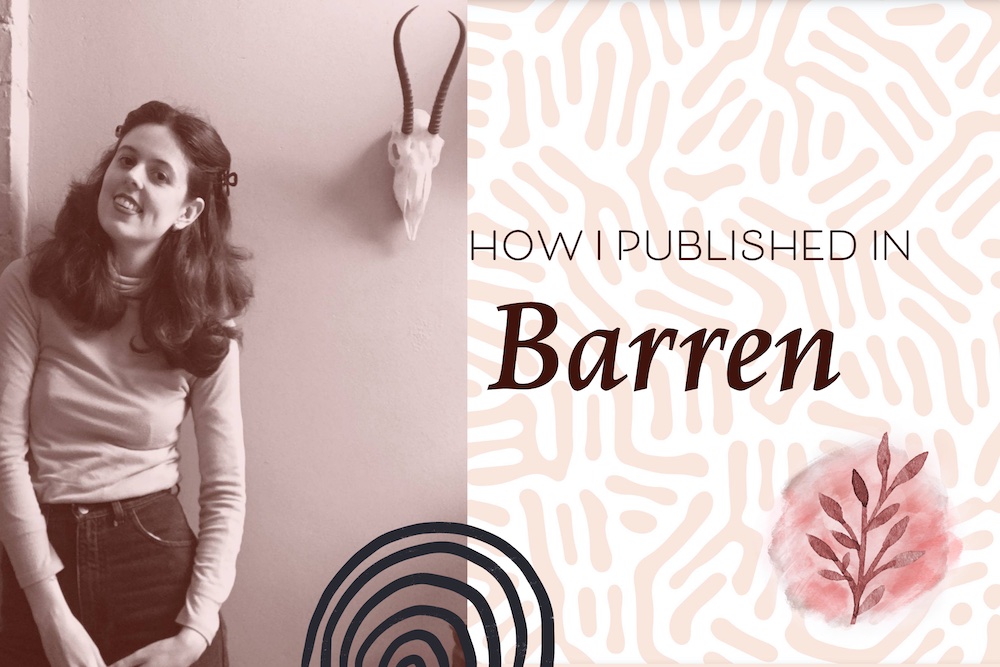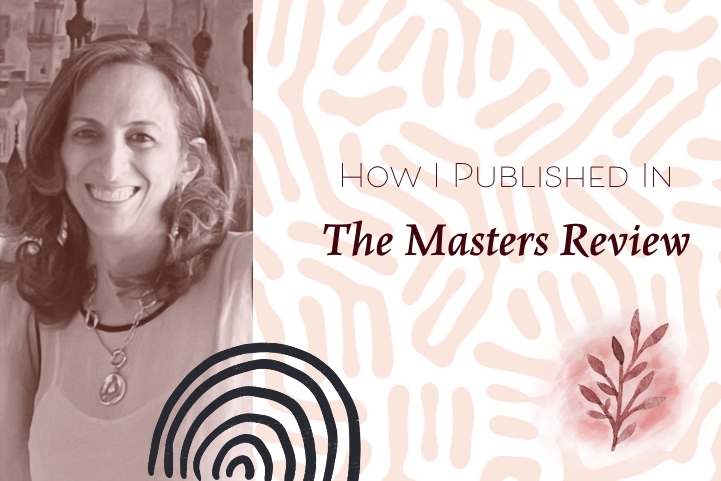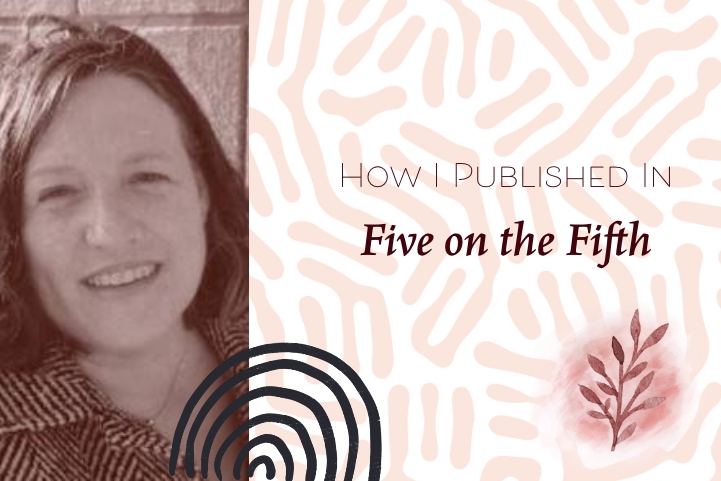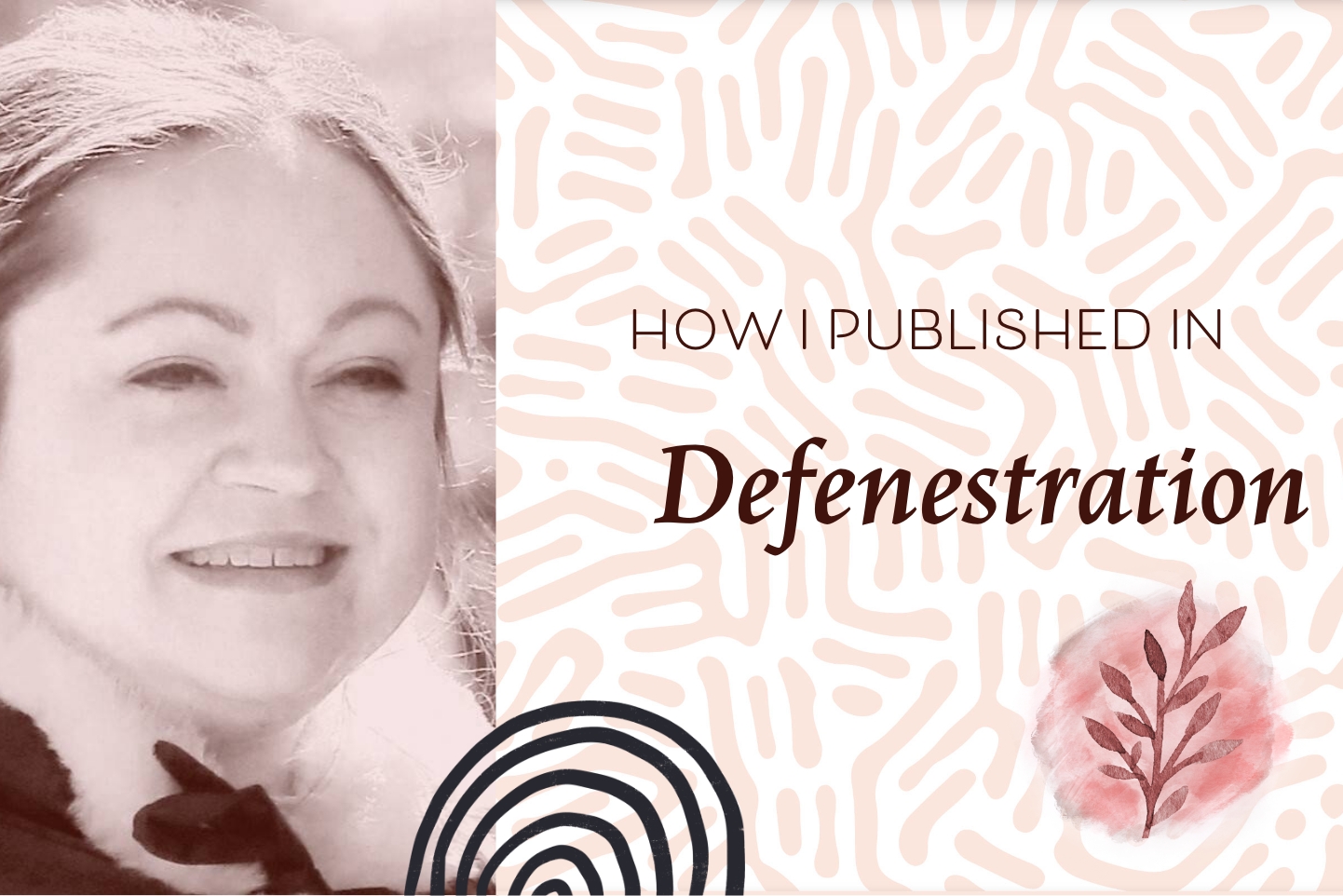By Lyndall Cain
This piece was meant to be about publishing, but it’s ended up being more about rejection. Because you can’t really have the one without the other, at least not in my experience.
I published Imaginary Mother, my first fiction piece to ever be published, with Barren Magazine at the end of 2020. Barren was the only place I submitted Imaginary Mother to and it was accepted in just two weeks. Which makes me and my writing journey sound pretty cool, right?
But that is not the norm with my writing. Usually, I finish (or think I have finished) a piece of writing and then submit it to a bunch of places where I think it might fit (maybe around six?). Then, undoubtedly, the piece gets rejected from all these places, I revise it, cry, complain that nobody gets it, and then send it out again to the next six.
Or that is what I used to do. I still get the rejections, and I still cry, but just as I’m not the cool writer who, generally, sends out a story and gets it immediately picked up for publication, I am also not unique in my rejection. People do get it.
And that’s helpful.
So, now, I try and accept rejection as part of the writing process. I’m part of a writing group (Writerly Love with Rachel Thompson) where we all speak openly about our rejections, celebrating the personal ones over the form. I even have a little shrine to all my personal rejections, highlighting the compliments I’ve received from various editors. Although, I must admit, that sometimes the personal can be sadder in the knowledge that I was just so close.
In Writerly Love, we also play “sink or submit” where we record all of our submissions and rejections, and reward ourselves when we reach certain milestones (I just reached 25 submissions and/or rejections in a row and bought myself a vintage, orange, mini, dress that I plan to wear to make myself feel better the next time a rejection rolls in… maybe with a glass of wine, but definitely with the support of my writing community). We let each other know about new publishing opportunities. We encourage each other. And we celebrate our acceptances too, of course, it’s just not the only thing we celebrate.
In an industry filled with rejection, we need to celebrate along the way. Duotrope used to tell me that my 4,2% acceptance ratio was “higher than the average,” which sounded absurd for such a low number, although it is less absurd to me now that my number has dropped even further.
We celebrate why we write because we don’t only write to publish. I write to express myself, to think through all the weird stuff that I see and experience, to connect to people in a way I can’t in my day-to-day life, and in the hopes that readers will laugh at my jokes—I write for lots of reasons. And all of this is a process that includes rejection, and which hopefully leads to publication.
Having other people there while I do all this whilst trying to accept rejection, well, it makes it easier. Every single writer goes through this, no matter how good they are—sure, some face rejection more than others, but we all face it at one time or another. To be a writer you need talent, but you also need perseverance. I think I have a little of both.
But all of this is easier said than done. And it’s impossible to constantly be accepting and “okay” with everything. Hence the crying (and the wearing of the orange dress and the drinking of the wine). It can be hard not to give up.
I think what was different with Barren, though, was that I had submitted there once before and received a personal rejection, so I knew they must sort of like my stuff. Then, when I had just finished up writing Imaginary Mother, I saw a call from them asking for pieces relating to any of the following prompts: unorthodox, sensational, kinetic, quixotic, transcendent. And after looking up what “quixotic” meant I realized my piece of flash could fit under a few of those. I’ve started to do this more now—send in pieces to places I’ve heard back from before, and look for themes where I know I have work that will fit.
Reading the magazine, of course, always helps, which is what happened in this case.
And I sent it to Barren alone because they have a pretty short turnaround time (about a month, or just over), so I knew if it got rejected, I could start sending it out again pretty quickly. Only, it didn’t get rejected.
And, suddenly, it all felt worth it.
Because even though I’ve just spent the last few minutes trying to convince myself that publishing isn’t the only thing worth caring about in this writing game, it is a big part of it.
Some other places that have rejected me in the most helpful ways:
- PRISM international’s fiction editor, Vivian Li, sent me a rejection in which she called one of my pieces “vivid, thoughtful, and poignant,” which gave me the motivation to revise the piece and send it off again to other lit mags.
- CRAFT’s Editor at Large, Katelyn Keating, gave me two full paragraphs of very helpful feedback for a piece of fiction I submitted.
- The Editorial Board at The Penn Review picked out multiple quotes that they enjoyed from the work I submitted to them, making me feel really seen.
- Banshee Lit added a kind “PS” to the end of a rejection they sent me, which made me think the piece, although not quite right for that issue, was not one to give up on.
- Barren Magazine rejected the first piece I sent them but encouraged me to send in more, which ultimately lead to my first publication and a wonderful editing process with their flash fiction editor James McAdams.
Because of these thoughtful comments, I will submit to all these places again. And it makes me think that sometimes rejection isn’t always all that bad.
Lyndall Cain (she/her) is from South Africa where she is sometimes a curator and other times a learning designer. She has a Master of Arts in Creative Writing from the University of Cape Town. For more from Lyndall visit: www.lyndallcain.com or follow her on Instagram @cain_is_abel
